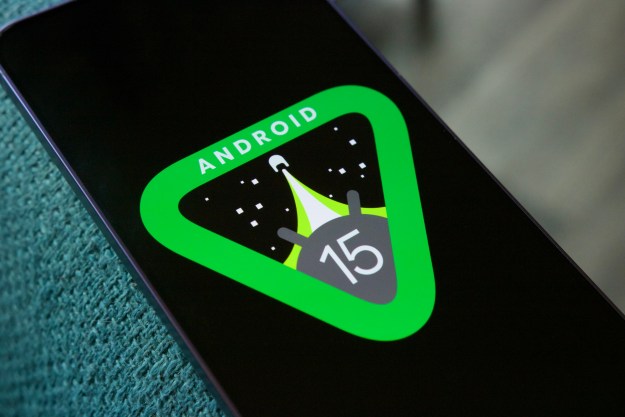Google Wallet was the company’s rival to Apple Pay, a way for Android owners to access their wallets by simply holding their phones up to credit card readers. Google completely abandoned the app in 2020 in favor of Google Pay, a general finance management app. Now, rumor has it that Google Wallet will be making a comeback through integration with Google Pay in the next few months, an exciting prospect that’s beginning to show an irritating pattern.
Google, we need to have a chat about consistency.
Smells like a good idea
Sometimes Google is killing it, standing proudly behind products for years at a time like Android and the seemingly uncountable number of smartphones and devices it makes. Other times, Google farts out decent-smelling ideas only to waft them away before the rest of the room can notice. I think that metaphor got away from me a little bit there, but you know what I mean.
I remember the smell of Google Wallet. It was a great idea and one that many people would likely have adopted and relied on if Google decided that it wanted to support the app in any way before tossing it aside in favor of the next thing, Google Pay. Given Google Pay’s Venmo-like features, it makes sense why the company would want to create an app that allows users to easily pay one another and manage finances in other ways, but the complete abandonment of Google Wallet was a blow that took some getting used to.

After Google Pay came GPay. Actually, maybe “after” isn’t the right word because they both exist right now. I’ll be honest, half the time I’m not even sure which I should be using! Now, it seems that we’ve come full circle back to Wallet. It makes sense to create an app called Wallet because GPay and Google Pay both support non-payment cards such as theme park tickets and airline passes.
But it feels as if the wound had just healed and now Google Wallet is back for who knows how long before the company gives up and moves on … again. Maybea couple of years from now, Google Pay will be back and the cycle renews? It’s maddening!
Digital whiplash
Google’s problem isn’t with the product; they’re generally pretty good. Instead, the problem is with the fact that the company can’t seem to make up its mind. It’s getting hard to know exactly what to expect when Google introduces a promising feature or app only to neglect it for months or even years at a time. What makes it worse is that as soon as we’ve moved on, it’s bringing things back from the dead seemingly just to taunt everyone once more.
Does Google care about the feature or not?
Recently, Google laid the Assistant Snapshot feature to rest, which itself was meant to be a replacement for Google Now. Without any promise of another replacement, users are beginning to think that another Assistant feature will be coming down the line to take its place. Does Google care about the feature or not? We don’t know because it can’t make up its mind. It would be better for all parties involved if Google could just decide so that users aren’t jumping on board a ship that’s meant to sink before they’re given life rafts that are also full of holes.
This has happened time and time again, such as when the Play Movies app was killed in favor of the indistinguishable Google TV or when Google recently decided that tablets are the future of mobile devices after neglecting them for years.
I’m not mad, Google, I’m just not sure where you’re going and I’m feeling a bit of whiplash.
Fixing the Google problem

Products come and go all the time — there’s really no way around that — but it seems like Google is having a hard time keeping up and deciding what to put time and resources into. Google’s products could be even better if it put the time into letting them truly grow and evolve into their best versions. The first step to that, however, is sticking with a product to let it get there.
All this jumping around back and forth doesn’t create a passionate group of fans — it creates confusion and frustration, plain and simple. To remedy that problem, Google needs to stick with what it has and nurture and develop its projects so they can grow up and become the great products we all know they can be.
Editors' Recommendations
- The first Google Pixel 9 Pro hands-on photos are here
- Something strange might happen to the Google Pixel Fold 2
- The 6 biggest announcements we expect from Google I/O 2024
- Here’s every color that will be available for the Google Pixel 8a
- 5 phones you should buy instead of the Google Pixel 8


